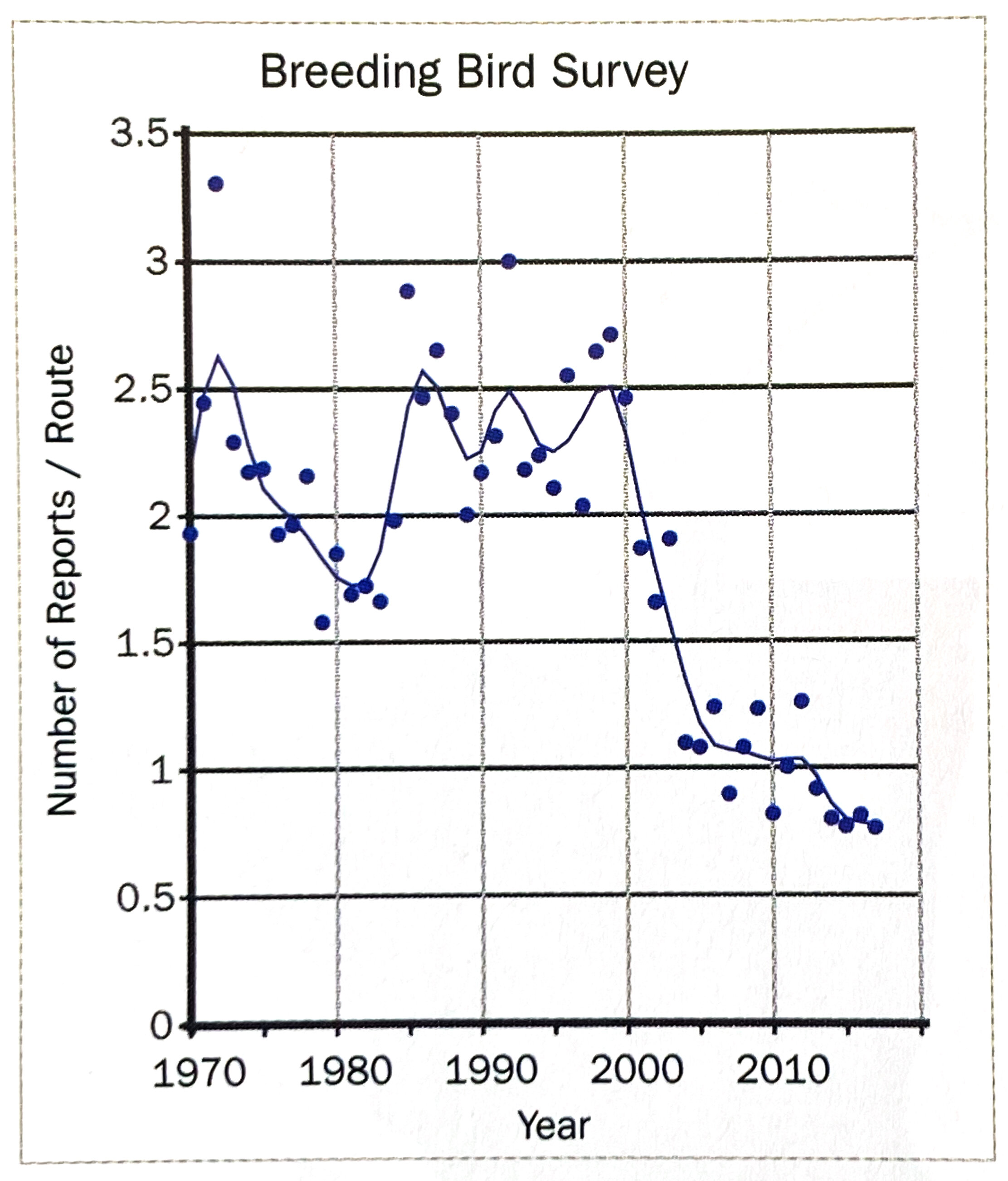
Frequently asked questions
What is a rookery?
A bird rookery is a collective nesting area where breeding birds nest in a group in order to protect themselves from predators. The number of nests can range from a few to hundreds, and may contain one or many species of birds. Rookeries are typically located in inaccessible locations including forests, wetlands, and islands. Rookeries are important because large numbers of breeding individuals are found in one place. During the breeding season, great blue herons are sensitive to human disturbance around their rookery, and may be spooked and abandon their nests. Such human disturbance affects the success of great blue heron rookeries.
What is special about the Rochester Rookery?
While most great blue heron rookeries are in wetlands, along shores, or on islands, the great blue heron rookery in Rochester Township, Minnesota is an unusual upland rookery with unique ecological characteristics. According to Carrol Henderson, former director of the Minnesota DNR Nongame Wildlife Division, this site is ecologically significant for Minnesota. Mr. Henderson believes that this mature forest with the great blue heron rookery qualifies for a Scientific and Natural Area, which is a special designation by the state of Minnesota that protects areas with exceptional natural resources. Moreover, this site is part of an approximately 130-acre contiguous forest, the largest ecosystem of this type in or around Rochester.
What is happening at the site of this rookery?
This great blue heron rookery is located in a mature forest, with rookery located on the properties of 3 landowners. In early 2021, neighbors learned about a proposed housing development on one of these 3 properties that would result in destruction of a disproportionally large part of the rookery. Experts believe that the nearby human activity would cause the rookery to fail. Remaining birds would abandon their nests and populations in Rochester would decline.
Of note, the great blue heron rookery is only one of many environmental concerns we have with this proposed housing development. Other concerns include potential for flooding, loss of mature contiguous forest, and loss of other ecological services. Read more here about the ecology of this site.
Aren’t great blue herons common birds? Why should we protect this site for them?
Great Blue Herons have been in decline in Minnesota, and have declined significantly over the past 20 years, as shown in the chart below from the Breeding Bird Survey, which is a standardized bird monitoring program initiated in 1966 to track the status and trends of North American bird populations. Many species now listed as endangered or extinct started to decline decades before the specific protections were enacted. Reversing or halting declines early is the surest way to preserve a species and prevent expensive, often futile intervention in the future.
According to the Minnesota Breeding Bird Atlas, “The biggest concerns for the future of the [great blue heron] species are the protection of wetlands and the availability of secure nesting sites. General recommendations for management focus on protecting known colony sites and foraging areas.”
Data from the Breeding Bird Survey of great blue heron populations in Minnesota. From Robert B. Janssen, "Birds in Minnesota", Univ of MN Press, 2019. (Used with permission.)
Can’t Save The Rookery just buy the land?
The eventual goal of Save The Rookery is to buy a portion of this land and protect it as a Scientific and Natural Area. We are wiling to work with the developer to either allow us to buy a portion of the land outright or develop a compromise plan where some housing development could occur and the rookery can remain undisturbed.
How can I help?
Check our “Take Action” page for the best ways to help at this time! And as always, we appreciate your donations to help us in our effort! Save The Rookery is a 501(c)(3) nonprofit organization and incorporated in June 2021. Donations are tax-deductible.
Check out all the work we’ve done in the past year! Click here for our 2021 wrap-up!
